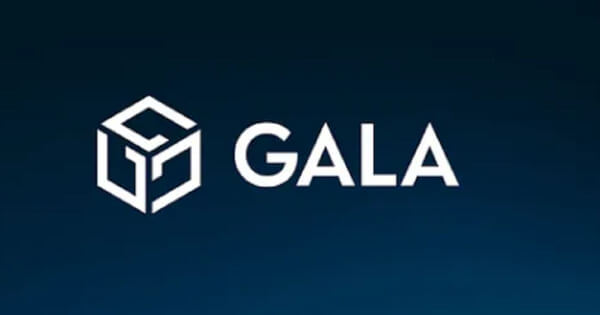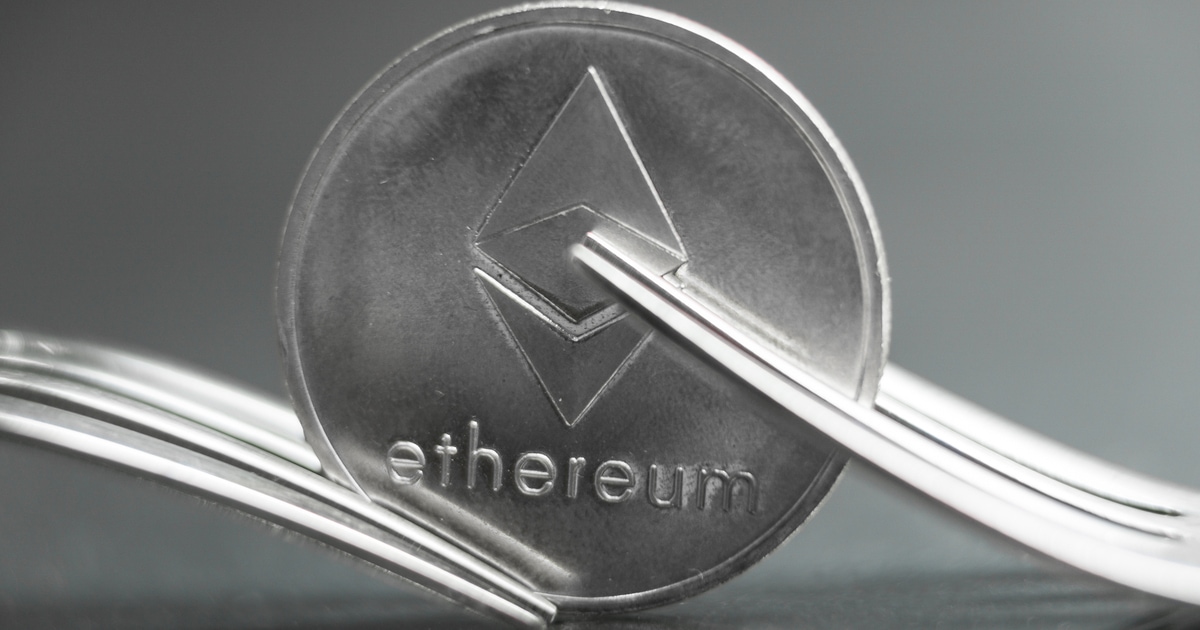In the second part of our two-part article on crypto market structures, Finance Magnates considers the likelihood of the crypto market eventually adopting the same structures as the FX OTC interdealer market.
The phrase ‘there is more that unites us than divides us’ has been used in various ways by many politicians over the years as they sought to heal divisions in their parties or nations. But, it could equally be applied to the FX and crypto markets, where fragmentation and the absence of a single regulatory authority are just some of the common factors.
The collapse of FTX highlighted shortcomings in the segregation of customer assets and measures to prevent firms from trading against their customers. Traditional financial market infrastructure (such as in the FX market) benefits from the compounding effects of both operational procedures and regulations that have been developed over time in response to different market failures. The concept of segregating trading and custody is one of the results of this evolution.
Segregation of Customer Funds
The crypto asset market would benefit greatly from embracing this model to provide new market participants with the necessary confidence, suggests Tom Flanagan, the Digital Assets Head of Platform Trading at TP ICAP.
“This segregated model is proven to mitigate conflicts of interest – and the single point of failure risk – that arise from co-mingling asset custody with trading,” he says.
FX RATES AND USDINR FWDS :.>>> https://t.co/3fSnRpcTCb.Click to open an Account : https://t.co/4gcoZydWRD.#goodwill#goodmorning#invest#trading#forex#dedication#pips#stocktrading#analysis#crypto#currencies#stocks#daytrader#forextrader#intraday#daytradingpic.twitter.com/OOHj7x6zDd
— Goodwill Wealth Management (@GOODWILLGWC) May 18, 2023
Markets Should be Transparent
Another element of the FX market structure that Flanagan reckons crypto would benefit from is the transparency and liquidity analytics accessible within wholesale FX venues.
“Most crypto venues are anonymous with a lack of information detailing the type of flow and the market participants involved,” he says. “Statistics such as fill rates and round-trip time (along with more advanced analytics such as pre and post-trade mark-outs) provide clients with better information on the types of liquidity their firm is dealing against in an anonymous marketplace and whether it is a beneficial flow to them and their franchise.”
According to Flanagan, a global code of conduct akin to the FX Global Code would also help to level the playing field and provide a layer of transparency for how all institutional market participants should interact.
“Using a third-party custodial solution requires a degree of trust, but there are benefits in terms of convenience, and for many traders it would be more secure,” says Christo de Wit, the Country Manager at Luno South Africa. “Of course, it is important that customers understand how centralized custody and self-custody work and the risks and benefits associated with both before making a decision.”
Centralized Orderbooks Might Help
It has been suggested that the creation of a centralized settlement utility would increase the stability of the crypto market, although de Wit cautions that there could be negative as well as positive effects. “A centralized settlement utility in the crypto market would enhance efficiency, mitigate counterparty risk, and streamline settlement processes,” he says. “However, it would also pose a systemic risk and introduce counterparty dependency.”
Typically, FX OTC is traded away from centralized markets. However, Deribit believes in the potential of centralized liquid order books where large sizes can be traded.
“Crypto will use capital market models for addressing market structure issues such as separating custody from market making and capital allocation services,” suggests David Wells, the CEO at Enclave Markets.
He reckons the infrastructure used to run these systems will be crypto-native and much more efficient and stable than what exists in traditional financial markets, which rely on technology and code bases that are decades old. Thomas Restout, CEO of EMEA at B2C2, says crypto will become OTC driven as exchanges become harder to trade on. “As the settlement and credit process improve, I see strong convergence with FX markets,” he adds.
???? We're thrilled to be recognized as a #leader in the #crypto industry by @cryptodailyukLearn how we're empowering merchants worldwide with our comprehensive crypto payment solutions. Read the full article here ????https://t.co/N4wZugdBTm
— CoinPayments (@CoinPaymentsNET) May 11, 2023
Crypto and FX markets have a similar base of trading 24/7, and therefore it is not surprising that a similar client-based crypto OTC offering has emerged in the last few years, suggests Danny Bailey, the Senior Institutional Sales Lead at Bitstamp.
“As more institutions trade crypto, there will be more of an interdealer appetite,” he adds, “Although this will take time and require a robust risk management and regulatory framework.”
It is a natural transition for institutional digital markets to move to an OTC-style trading model, cleared either bilaterally or through a central clearer, according to Ayal Jedeikin, CEO and Founder of Cypator.
“Leading centralized exchanges are spinning off OTC desks to cater to institutional clients,” he adds. “This is non-custodial in nature and settled post-trade, hence reducing counterparty risk significantly.”
It must, though, be recognized that the crypto market is still relatively young, and many regulators have failed to determine what asset class it should be compared with.
There are already some similarities between the crypto and FX markets, such as the decentralized nature of trading and the ability of each asset class to be used for traditional purchases, observes Patrick Bärtschi, head of business development at Bittrex Global.
“However, I think it ultimately depends on whether crypto will be considered a security or a commodity or whether it will be regulated as a whole new asset class,” he says. “Once we have clarity on that, we may have more insight on what structures it may be able to adopt.”
Regulations Are Must
There is no question that crypto markets would benefit from both legal and regulatory definitions. Yet, so much of the ecosystem’s overall structure is derived from functionality that is baked into the core programming of its flagship networks.
That is the view of Rich Evans, the Managing Director of Institutional Sales, Prime Liquidity at CEX.IO, who observes that Bitcoin and Ethereum provided a blueprint and launch pad, respectively, for the vast majority of projects that came to populate the ecosystem.
“In turn, the development of automated market maker technology has accelerated the usage of decentralized exchanges that connect participants directly without third-party intermediaries – a phenomenon unique to the crypto space,” he says.
Though similarly decentralized and prone to volatility, the crypto ecosystem is conversely highly transparent relative to OTC markets through the constant production of on-chain data, adds Evans. “Coupled with crypto’s fast transaction times, it becomes clear that any attempt to force these markets into a pre-existing mold would only diminish these features and potentially weaken the space.”
This article was written by Paul Golden at www.financemagnates.com.
You can get bonuses upto $100 FREE BONUS when you:
💰 Install these recommended apps:
💲 SocialGood - 100% Crypto Back on Everyday Shopping
💲 xPortal - The DeFi For The Next Billion
💲 CryptoTab Browser - Lightweight, fast, and ready to mine!
💰 Register on these recommended exchanges:
🟡 Binance🟡 Bitfinex🟡 Bitmart🟡 Bittrex🟡 Bitget
🟡 CoinEx🟡 Crypto.com🟡 Gate.io🟡 Huobi🟡 Kucoin.




















Comments